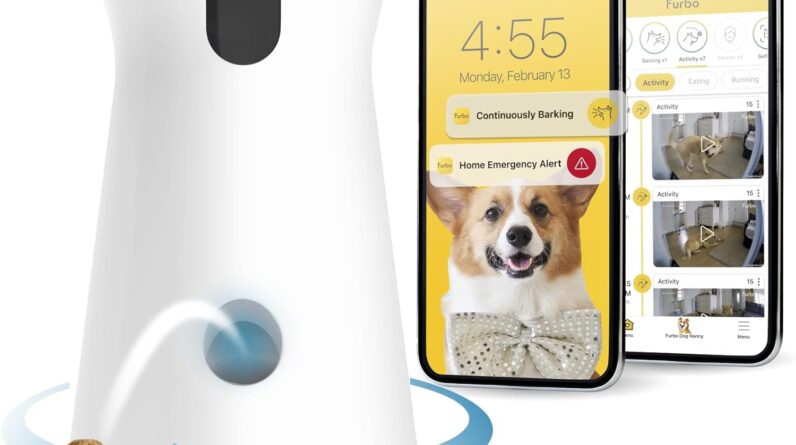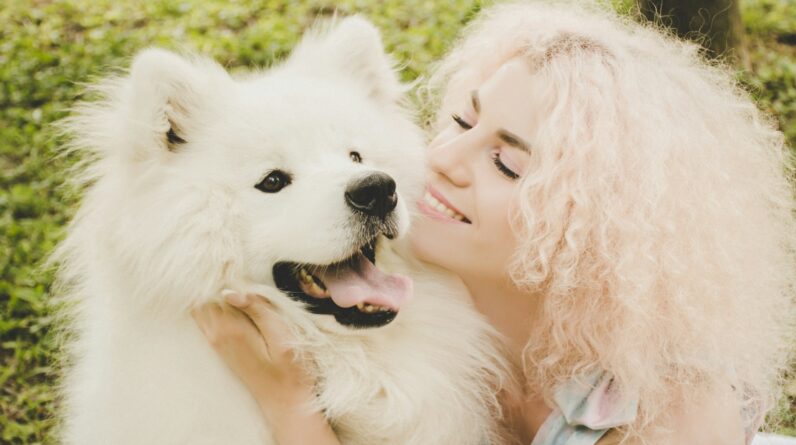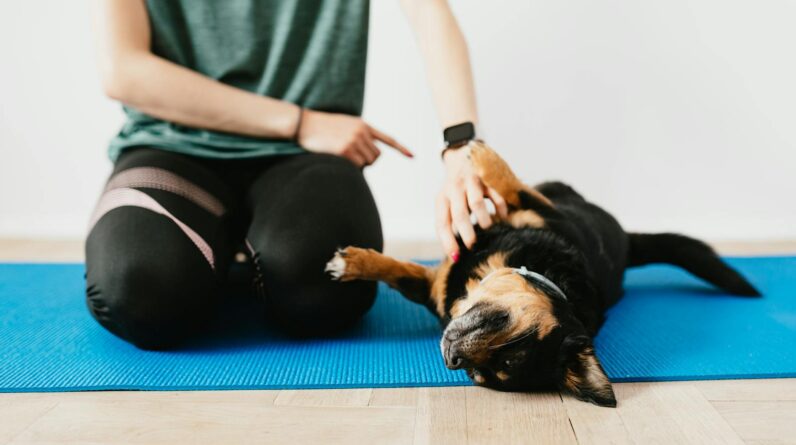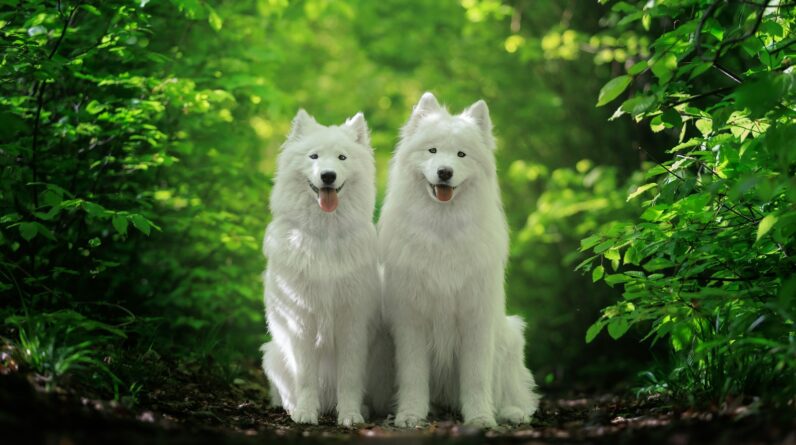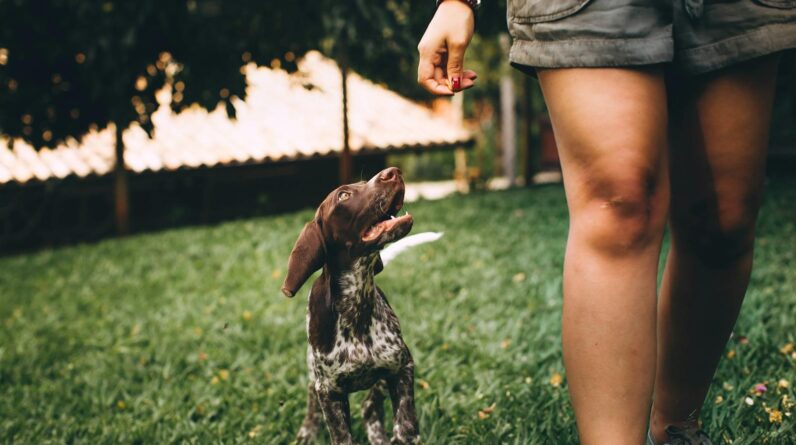
Why Dogs Sleep So Much
Do you have a furry friend who loves to snooze all day long? You see them curled up on the couch, in their bed, or even on your laundry, just snoozing away without a care in the world. If you ever wonder about your dog’s sleep habits, you’re not alone! Let’s try to understand why dogs sleep like they do.
Dog Sleep 101
First off, dogs sleep way more than we do. While kids might need about 10 hours of sleep, dogs can sleep anywhere from 12 to 14 hours a day! This may seem like a lot, but for dogs, it’s totally normal.
Puppies, just like human babies, need even more sleep. Think about how much they play and run around! All that energy needs to get recharged somehow, and sleep is like their phone charger.
Senior dogs or older dogs also sleep a bunch. When dogs get older, just like your grandpa or grandma, they might not have the same pep in their step. They get tired faster and need more rest to keep up with the young pups.
The Snooze Routine
Dogs don’t follow the same bedtime routine as humans. They’re flexible sleepers and can wake up and fall asleep a lot through the day and night. Have you ever noticed your dog will get up, walk around a bit, and then go back to sleep? That’s because their sleep pattern is different.
Dogs have something called polyphasic sleep patterns, which means they have lots of short periods of sleep, not like us who sleep once at night (which is called monophasic sleep). So when you’re away at school and your dog is home, they might be having lots of these little naps.
Dreaming Dogs
Yup, dogs dream too! Have you ever seen your dog’s legs twitching while they sleep? Maybe they make little noises or their eyes move under their eyelids? That means they are in a dream.
They could be dreaming of chasing a squirrel, finding a giant bone, or playing with their doggy pals. We don’t know exactly what they dream about, but we can guess it’s probably about fun dog stuff!
Keeping Sleep Healthy
So if dogs love to sleep so much, can they sleep too much? Sometimes. If you notice your dog is sleeping more than usual, it might be a good idea to have a vet check them out to make sure everything is OK.
Most of the time, though, dogs just love their sleep. To help them get the best sleep possible, make sure they have a cozy bed or spot to sleep in. A little peace and quiet can help too!
Fun in the Sun (and Exercise)
One way to balance out all that sleep is to make sure your dog gets enough playtime and exercise. When they’re awake, take them for a walk, throw a ball, or let them run around with other dogs if they like that.
Exercise is important for dogs to stay healthy, and it also means they’ll be more tired and ready for their next snooze-fest!
Bedtime Buddies or Lone Wolves?
Some dogs like to sleep with their human family, all cozy in bed. Others may do better with their own space. What matters most is what feels right for your dog and for you.
Every dog is unique, so some might need to be close to feel safe, while others enjoy their independence. It’s all about knowing your dog and what makes them comfortable.
Know Your Dog’s Snooze
In the end, getting to know your dog’s sleep habits can be really fun. You might notice they have a favorite spot or a special blanket they love. Pay attention to their patterns so you can help them get the best rest possible. And remember, a well-rested dog is usually a happy dog!
When your dog is snoozing, they’re not being lazy; they’re just being a dog. So let them catch those z’s and enjoy their doggy dreams. And who knows? Maybe we can learn something from them about the art of relaxation and taking it easy.
How much sleep do dogs generally need?
Dogs usually need more sleep than us humans, typically getting around 12 to 14 hours a day. This varies by age and activity level, with puppies and older dogs needing more z’s. Active breeds might sleep less than their couch-potato cousins.
Lifestyle matters too. A dog that’s home alone might snooze more, simply out of boredom. And don’t be fooled by those quick catnaps throughout the day, as they’re all part of their normal sleep routine.
Can dogs experience sleep disorders like humans?
Yep, our furry friends can have sleep issues too. Symptoms might include trouble falling asleep or staying asleep, which could point to things like anxiety or discomfort. Also, keep an eye out for sleep apnea, especially in those cute, squishy-faced breeds.
Things like whimpering or twitching in sleep are usually normal, but if you’re noticing more dramatic sleep disturbances, it could be worth a chat with your vet.
Why does my dog circle and dig before lying down to sleep?
This quirky behavior is actually an old instinct kicking in. Dogs in the wild did this to scare off bugs and make the ground comfy. Think of it as fluffing their natural pillow. Plus, it helps them find that perfect spot that feels just right.
While your home isn’t the wild, these instincts are hardwired. As long as it’s not obsessive or damaging your floors, let them do their little bedtime dance.
Do dogs dream, and what could they be dreaming about?
It’s pretty likely they do dream, and when you see their legs twitch or hear them whimper in their sleep, that’s a good sign they’re in dreamland. They could be dreaming about their day, like that epic game of fetch or that squirrel they almost caught.
Dog dreams are thought to be similar to ours in structure, but we can’t know for sure what they see in their sleepy adventures. However, it’s a good bet they’re reliving their doggy day-to-day experiences.
Should I create a bedtime routine for my dog?
Definitely a good idea! Like us, dogs benefit from consistency. A routine can signal that it’s time to wind down. Maybe it’s a short walk, some cuddle time, and turning down the lights. This helps them understand it’s bedtime and not playtime.
Sticking to a schedule will help your pooch know what to expect and when to expect it. A relaxed dog is more likely to have a good night’s sleep, and hey, you’ll probably sleep better, too.
Key Takeaways
- Dogs have a different sleep cycle: Unlike humans, dogs have a polyphasic sleep pattern, meaning they nap multiple times throughout the day.
- Total sleep time varies: On average, dogs sleep about 12-14 hours a day. Puppies, large breeds, and older dogs may sleep even more, up to 18 hours or so.
- Dog’s sleep can signal health: Changes in sleep patterns can be a sign of health issues. If your dog is sleeping more or less than usual, it might be time for a vet visit.
- They experience REM sleep: Dogs, like humans, go through Rapid Eye Movement (REM) sleep, which is believed to be associated with dreaming.
- Comfort is key: Providing a comfortable and safe sleeping environment helps your dog get the rest they need. A quiet place and a cozy bed can make all the difference.
- Activity level affects sleep: Dogs who are more active during the day tend to sleep better at night. Regular exercise is important for healthy sleep patterns.
- Environment plays a role: Dogs are sensitive to their surroundings. Noisy or disrupted environments can interrupt their sleep, while a calm atmosphere promotes better sleep habits.
- Snoring can be common: Some dog breeds are prone to snoring due to their physical build. However, excessive snoring should be checked out by a vet.
Final Thoughts
So, we’ve dug deep into the cozy world of canine snoozes. Your furry buddy racks up way more Z’s than you—up to 14 hours a day for adults and even more for those cute pups. They’re not lazy, just tuned to nature’s rhythm, cycling through naps and active spurts.
It’s all about the doggy dreams and REM cycles. Just like us, they need that deep sleep to stay sharp and healthy. If Spot’s restless or napping less, it could be a sign they’re not feeling top-notch. Keep an eye out; their sleep patterns tell tales of their wellbeing.
Also, setting up a comfy sleep zone for your pooch can make a world of difference. It’s their safe spot to unwind and recharge. You’ve got this dog-parent thing down when you understand their sleep needs. Nighty night, don’t let the bed bugs bite—neither you nor your four-legged pal!


